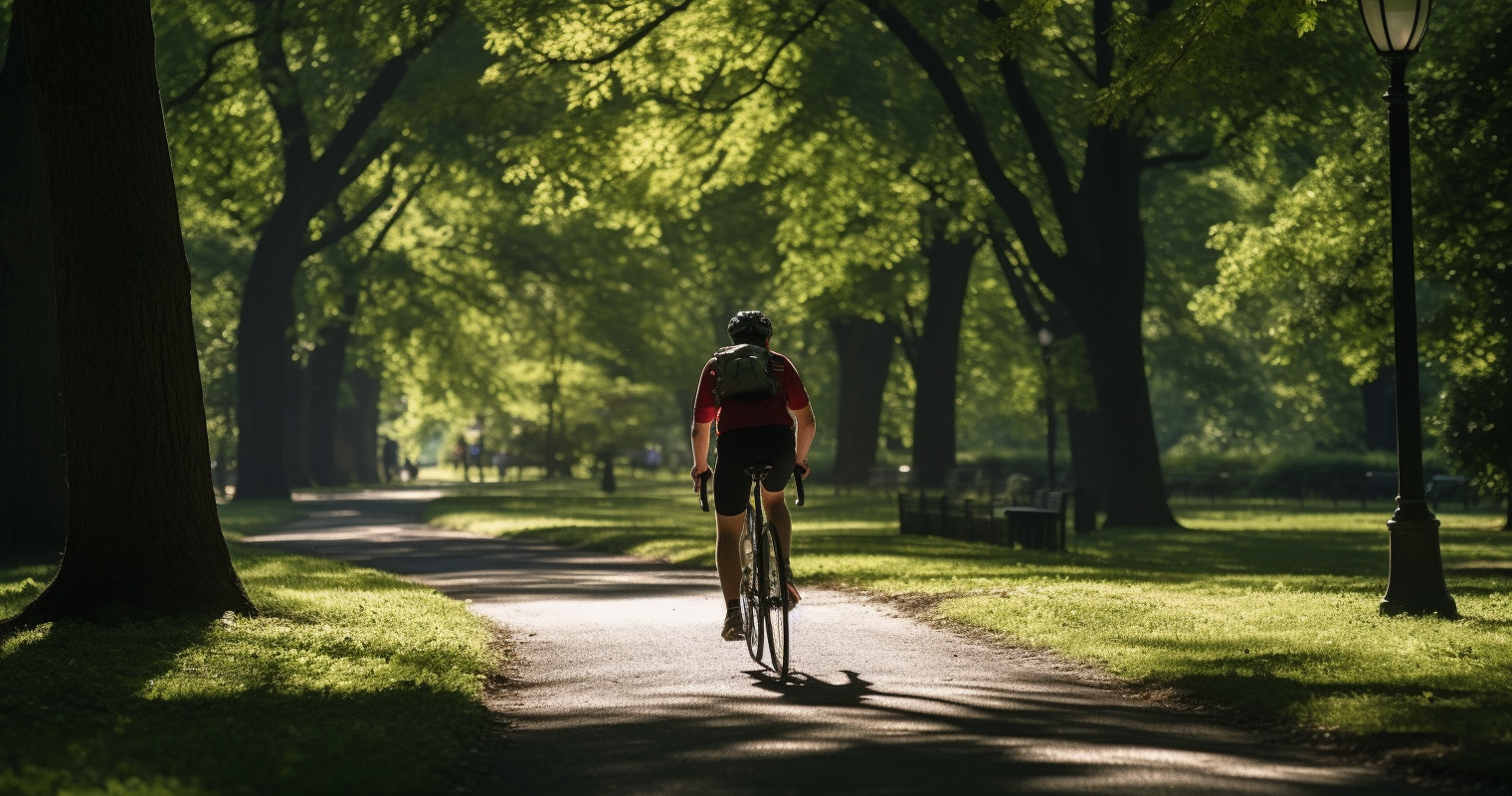Peru is a country that is rapidly developing its cycling infrastructure, with many people choosing to cycle for commuting, recreational, and touring purposes. In this article, we will explore the popularity of cycling in Peru and the country’s cycling infrastructure.
Popularity of Cycling
Cycling is a relatively new mode of transportation in Peru, and it is still gaining popularity among the population. However, there has been a recent push by the government to promote cycling as a sustainable and healthy mode of transport. This has resulted in a growing number of people choosing to cycle for commuting, recreational, and touring purposes.
One of the driving forces behind the growth of cycling in Peru is the country’s congested roads. Traffic congestion is a major problem in many cities, and cycling is seen as a viable alternative to sitting in traffic. Moreover, Peru’s beautiful natural landscapes, including mountains and beaches, make it an attractive destination for recreational and touring cyclists.
Cycling Infrastructure in Peru
Peru is investing heavily in cycling infrastructure, and there has been significant progress in recent years. The country has a growing network of cycling paths and routes that cater to the needs of both recreational and commuting cyclists.
In urban areas, many cities and towns have dedicated cycling lanes, which are often marked with signage and road markings. However, these lanes are not always separated from motorized traffic, which can make cycling dangerous in busy areas.
Outside of urban areas, Peru has a growing network of cycling routes that cater to recreational and touring cyclists. Many of these routes follow scenic paths, such as beachfront promenades or mountain trails, and are a popular destination for tourists. The Lima to Pachacamac route and the Cusco to Machu Picchu route are some of the most popular cycling routes in the country.
Benefits of Cycling in Peru
Cycling in Peru has numerous benefits for both individuals and society as a whole. For one, cycling is a sustainable mode of transport that produces zero emissions, making it an environmentally friendly choice. Moreover, cycling is an excellent form of exercise that can improve physical and mental health. Cycling regularly can reduce the risk of heart disease, obesity, and other health problems.
Cycling is also a cost-effective mode of transport that can save individuals and society money in the long run. Unlike cars, bicycles do not require expensive fuel, insurance, or maintenance costs. As a result, individuals can save money on transport costs, and governments can save money on road maintenance and construction costs.
The growth of cycling in Peru has also had a positive impact on the country’s economy. By promoting cycling as a means of transport, the government has created jobs in the cycling industry, such as bicycle manufacturing, repair, and sales. Moreover, the cycling tourism industry in Peru is thriving, with thousands of tourists visiting the country each year to experience its cycling routes and natural beauty.
Challenges Facing Cycling in Peru
While cycling is gaining popularity in Peru, there are still significant challenges facing the cycling infrastructure and culture in the country. One of the biggest challenges is the lack of awareness of cycling safety among all road users. Many drivers are not used to sharing the road with cyclists, which can create dangerous situations for cyclists.
Additionally, the lack of dedicated cycling infrastructure means that many people who would like to cycle feel unsafe doing so. This can discourage people from taking up cycling, which can limit the potential benefits of cycling as a mode of transport.
Furthermore, Peru’s hilly terrain can make cycling challenging for many people, particularly those who are not experienced cyclists. This can limit the number of people who choose to cycle for commuting purposes.
Cycling is a growing mode of transportation in Peru, with many people choosing to cycle for commuting, recreational, and touring purposes. While the country has made progress in terms of cycling infrastructure, there is still a long way to go in terms of creating a safe and efficient cycling network. The lack of awareness of cycling safety among all road users, the lack of dedicated cycling infrastructure in some areas, and the hilly terrain are significant challenges that need to be addressed.
Nevertheless, cycling in Peru has numerous benefits for both individuals and society as a whole. By promoting cycling as a mode of transport, the government can create a more sustainable, healthier, and more affordable transport system. Moreover, the growth of the cycling industry and tourism industry can provide significant economic benefits for the country. With more investment in cycling infrastructure and increased awareness of cycling safety, Peru can become a model for other countries looking to promote cycling as a mode of transportation.

